|
That's right... old men, with Italian Style. Sexy, yes? Here's how older men look their best in Italy. Regazzi, Take notes. Regazze, enjoy the eye candy... La Bella Figura... which means the Beautiful (or handsome) Figure, refers to how Italians take care about their personal appearance. Their figura, what they see in the mirror--but more importantly, what others see--matters. You won't see sloppy T-shirts and sweat pants--even when doing some daily chores, like picking up wine at the local alimentari or car parts or hardware. Especially when doing business and during the workday, Italian men really care how they look. They don't just throw on clothes in the morning--they make selections. Even their shoes get stored in a special shoe garage called a scarpiera... shoes aren't just thrown at the bottom of a closet where they might get scuffed. And of course, any Italian man worth his Sicilian sea salt is going to accessorize with a sciarpa (scarf), but it's much more than an accessory. The history of the scarf in Italy dates back to ancient Roman times, called a sudarium in Latin--literally: sweat cloth. You see, although we all know that modern day Italians loathe drafts and avoid getting a chill (which of course leads to catching a raffreddore--a cold), the scarf is also handy in hot, sweltering Italian summers to catch sweat around the neck or wipe it from their brows. For winter, fabrics such as wool, cashmere and alpaca are used. For warmer months, linen, cotton, silk, seersucker or pashmina (a lighter Indian wool) are worn. Then there's the jackets. These aren't the angular, harshly cut, tightly fitting suits of the younger generation (which, even on very thin regazzi, makes them look 20 pounds overweight), but a more relaxed fit. Even if an older gent is carrying a few extra pounds, the cut refuses to show them. There are softer lines overall. Softer shoulders. A softer drape to the fabrics. Ties optional. And classic jackets--like the double-breasted--look classy and timeless. In fact, a sports jacket and slacks or jeans give a casual chic look. Their classic selections will mix and match well with most colors and styles. Older Italian men have been around long enough to fill their closets with classic--not trendy--styles that will last for years.
3 Comments
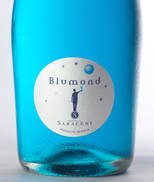 Every bride knows that she must include “something old, something new, something borrowed, something blue..." in her wedding plans. The blue stands for purity, love and fidelity. Well, Saracini has created the “something blue” that will really make a hit... Blumond, blue Prosecco! "We wanted to create something very special, excellent & unique that has not been created before, changing the color to a vibrant Blue and making it sweeter and easier to drink... and that’s exactly what Blumond is!" Well, I don't know about the "sweeter" part, but for looks alone, this cool Prosecco is well worth a try. The blue sparkling Blumond wine will add a fun and vibrant color in your glass, and a sweet and fruity flavor made from Prosecco, peach, and blue curacao. 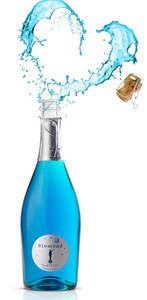 In Italy, this blue stuff is receiving a cool, if not downright blue reception. You see, for Prosecco to actually be considered a proper Prosecco, it must contain 10 percent alcohol. Blumond only contains 7 percent, so you can see where the Italians would snubbing the apparent insult to the country's national tradition of wine. Cool blue or not? You decide. --Jerry Finzi Suede Ankle Boots by Santoni Calvin Klein Pink Notch Collar Coat, Trouvé Sweater & AG Jeans, Boot by JOIE, Handbag by Vince Camuto
Besides just being the cutest means of transportation on the Planet Earth, the Vespa Piaggio is now planning to introduce fuel-injection technology across its entire model range in the near future. Currently, the Vespa scooters get an old-school carburetor. With a carburator a Vespa (depending on the size of the engine) should get between 60 and 90 miles per gallon! With fuel injection, it can only get better. And depending on the model, you can go Slow Italy style at a top speed of 40 mph, or if you're more the Ferrari type, up to 80 mph on the larger models.
Here's a sampling of Vespa models and what they'll set you back...
A Brief History of Vespa The first Vespa scooter was produced in 1946 by Enrico Piaggio. Inspired by the Cushman scooters used by the American military during WWII, designer Corradino D'Ascanio first produced a scooter design for Ferdinando Innocenti (Lambretta), but after a disagreement, took his design to Enrico Piaggio, an aircraft manufacturer. Vespa, meaning "wasp" in Italian, was attributed to Piaggio's first sight of the design, exclaiming that it looked like a wasp. Production started in December 1946. But if you want a genuine feel-good reason to get a Vespa, check out the collaboration between Piaggio Group and (RED)®, which has created Euro 4 VESPA 946-RED, a Vespa clad in shiny red, designed to benefit the fight against AIDS, tuberculosis and malaria, promoted by the organization founded in 2006 by Bono and Bobby Shriver. For every VESPA 946-RED purchased, $150 will go to the Global Fund to fight AIDS with (RED)®, which can provide more than 500 days of lifesaving HIV medication to help prevent a mother living with HIV from passing the virus to her unborn baby. Forget chic.... this is just plain solid! And how's a 90+ mph top speed and
The Vespa also joined with fashion guru Giorgio Armani to produce a version of the 946 called the Emporio Armani, but when I weigh whether I'd rather have some of my cash go into Armani's very full pockets or toward helping the helpless of the world... well, there's only once choice. What goes around comes around, you know? --Jerry Finzi |
On Amazon:
|

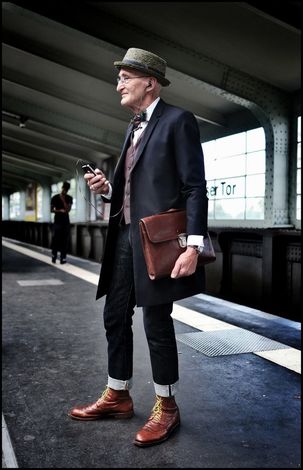
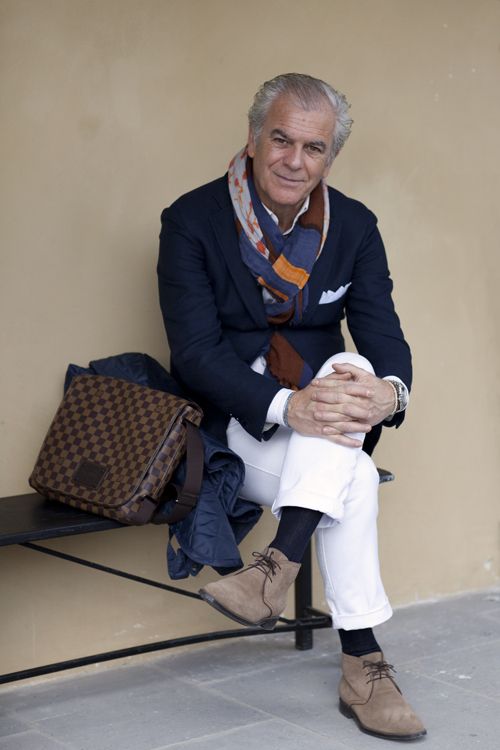
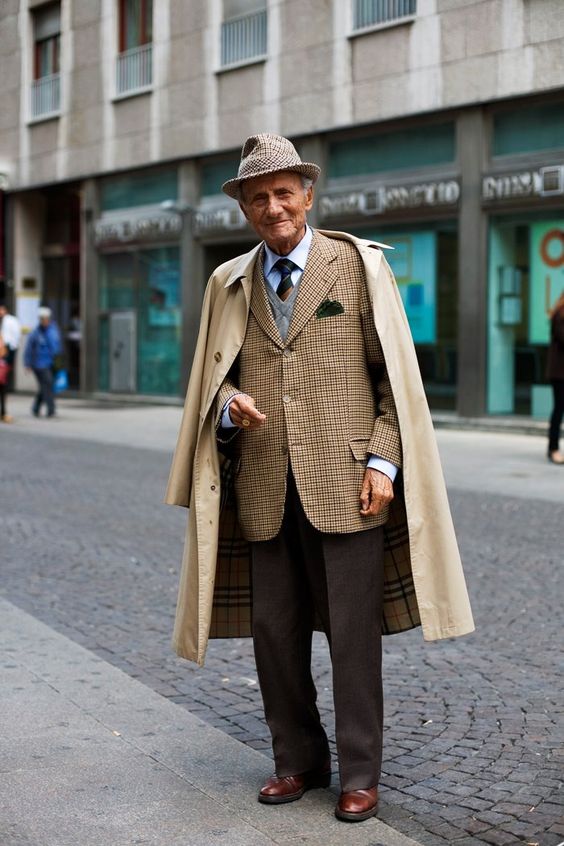
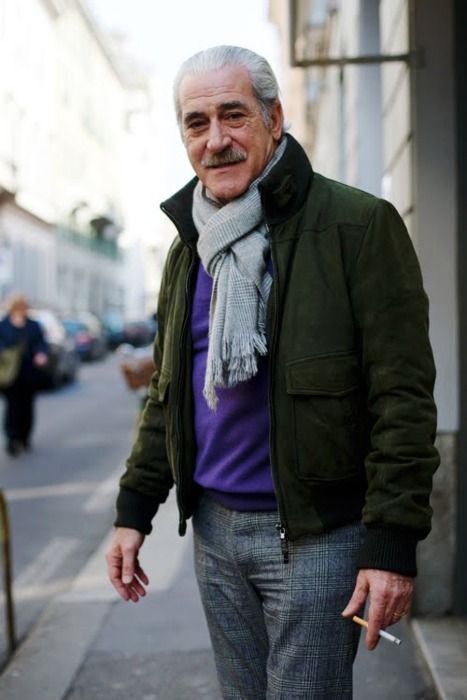
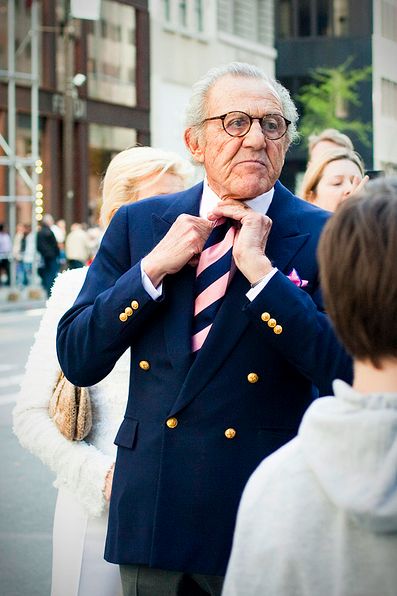
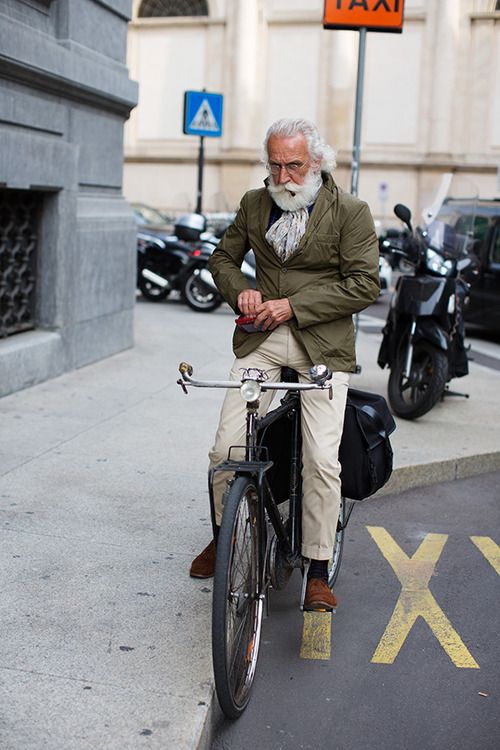
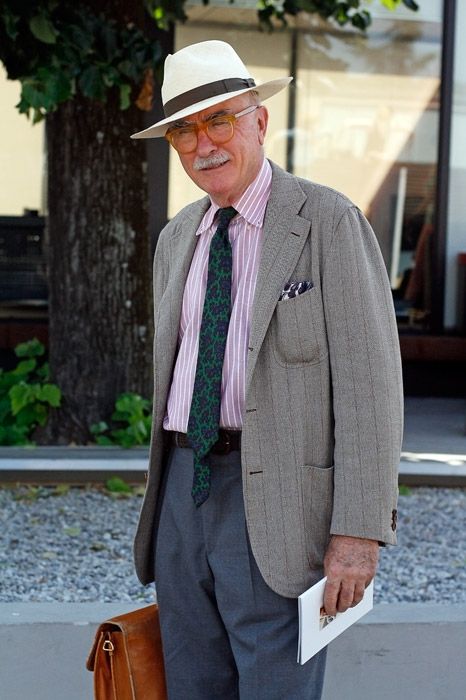
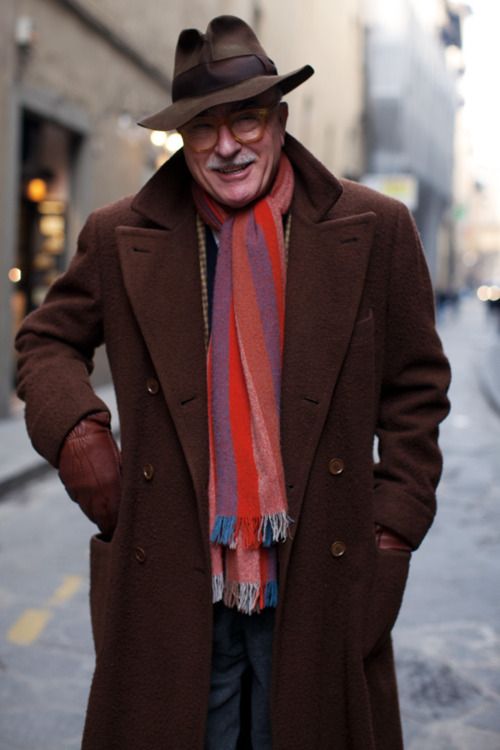
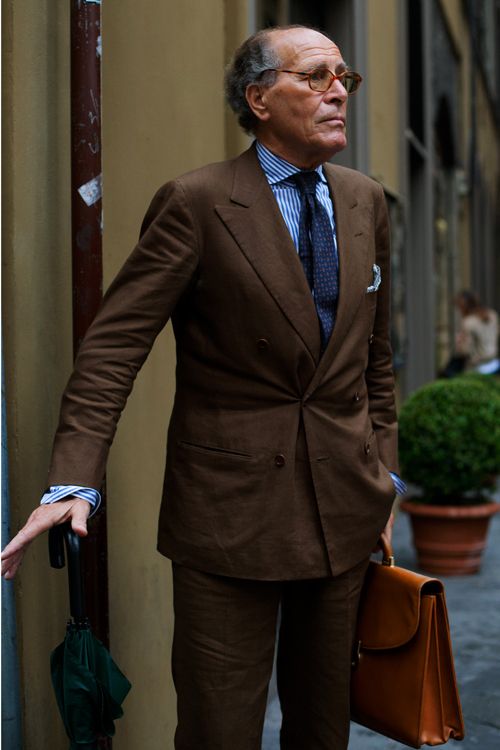

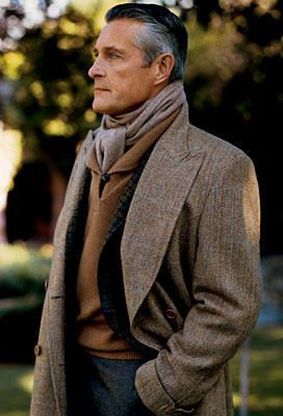

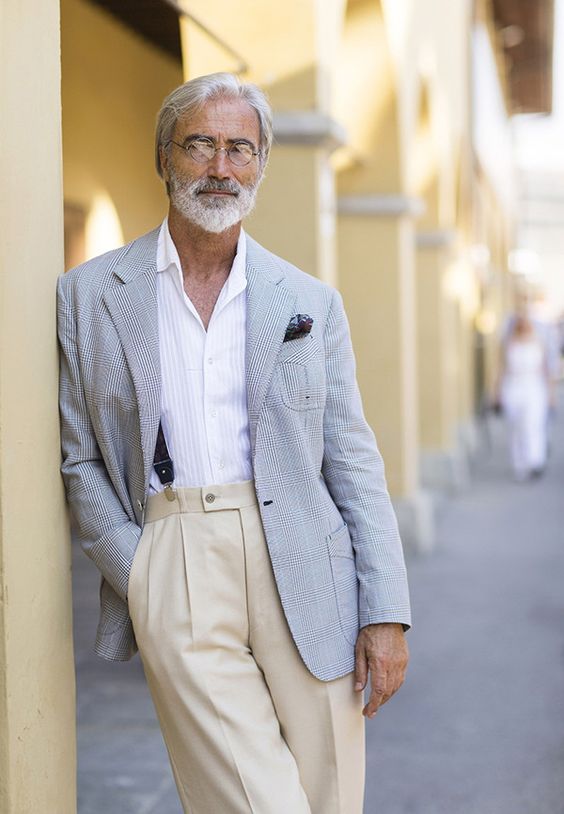
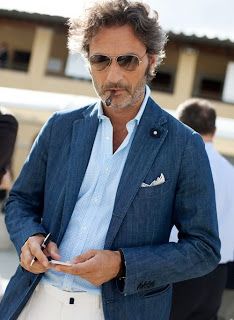
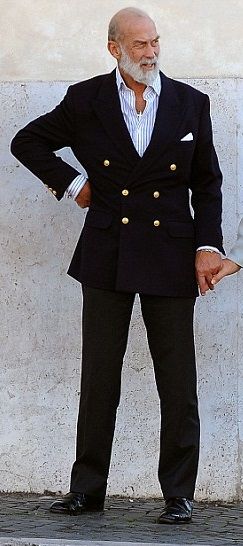
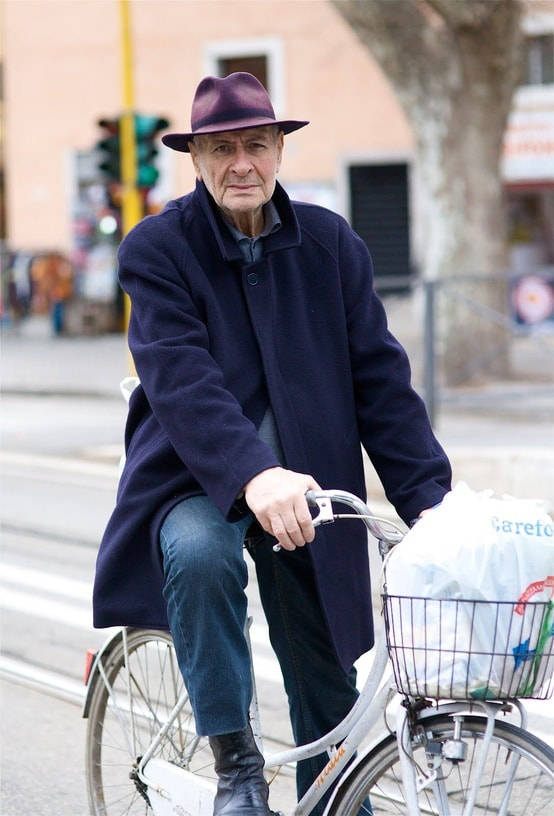
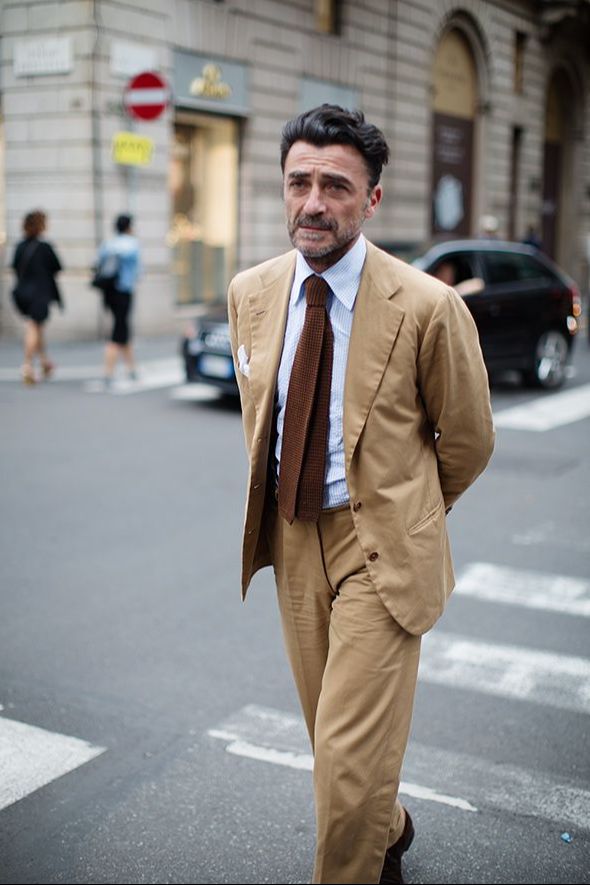
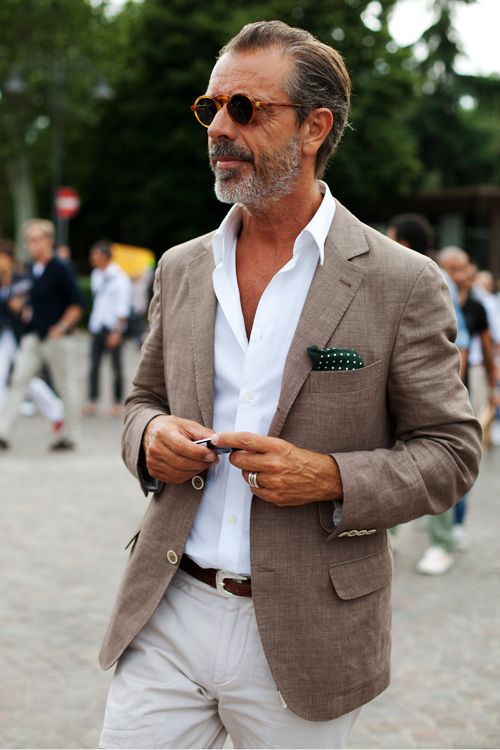
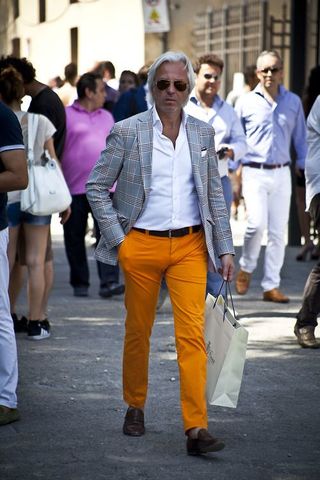
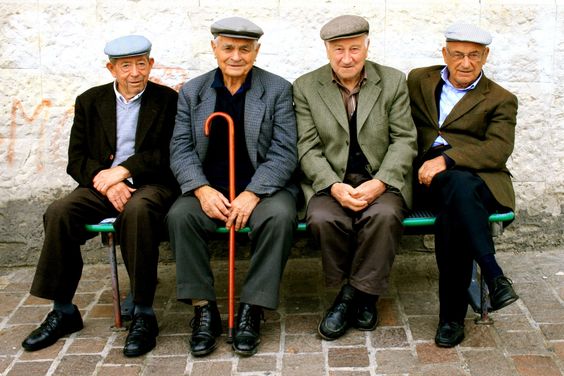
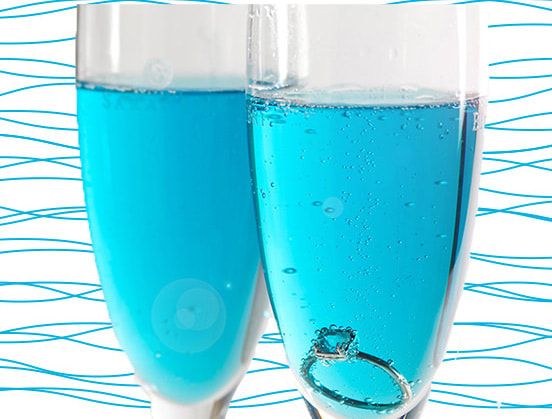
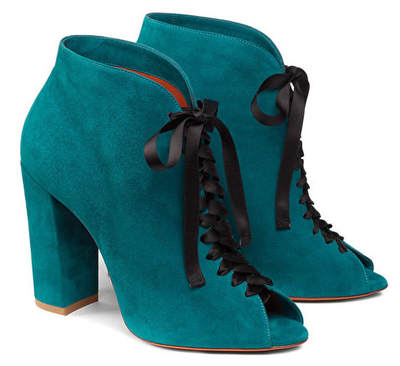
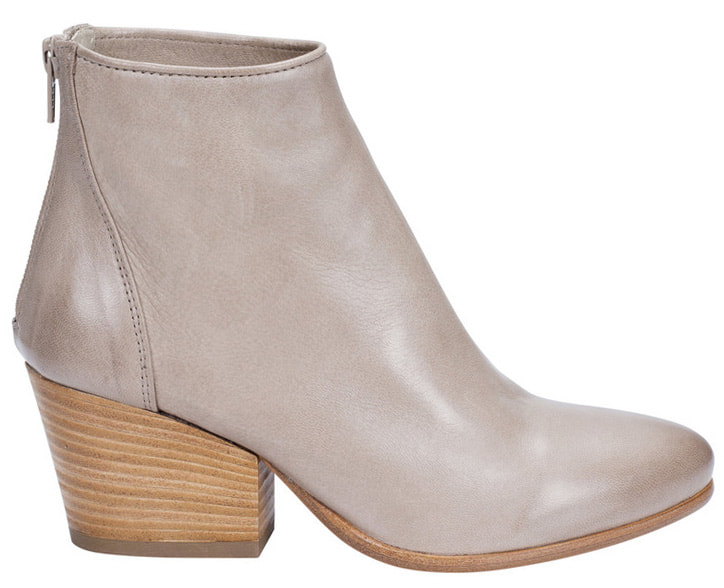
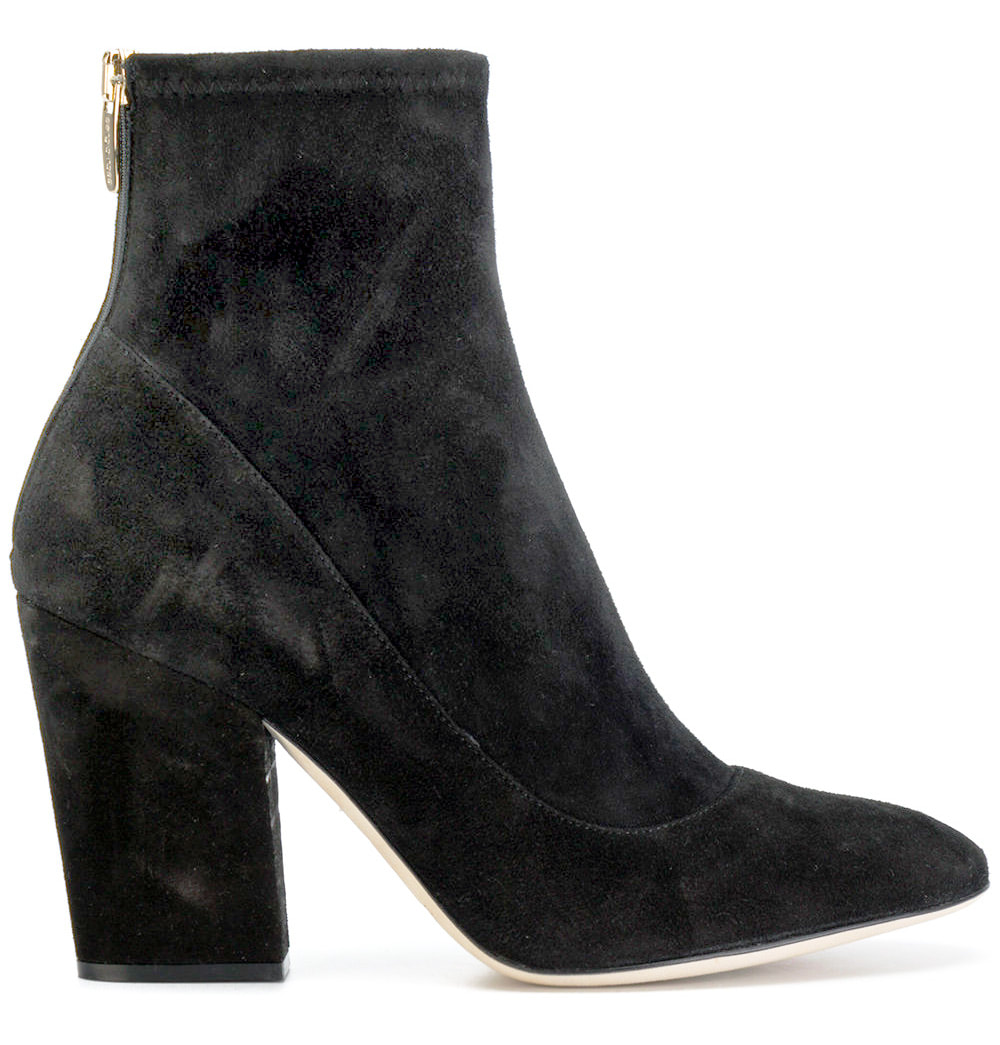
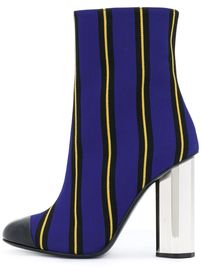
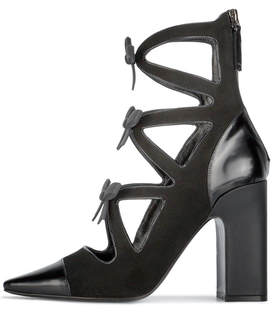
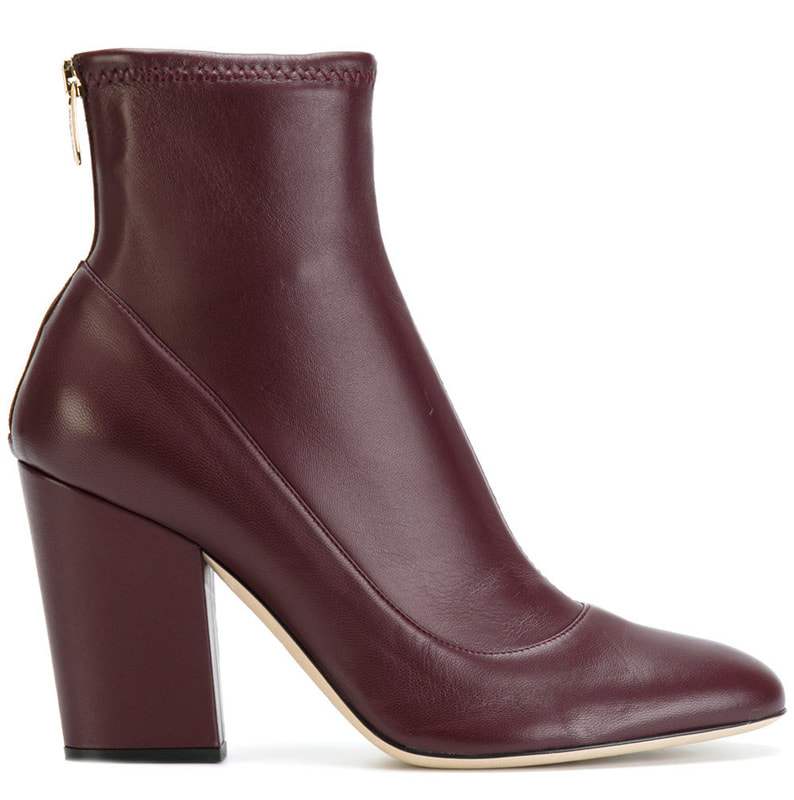
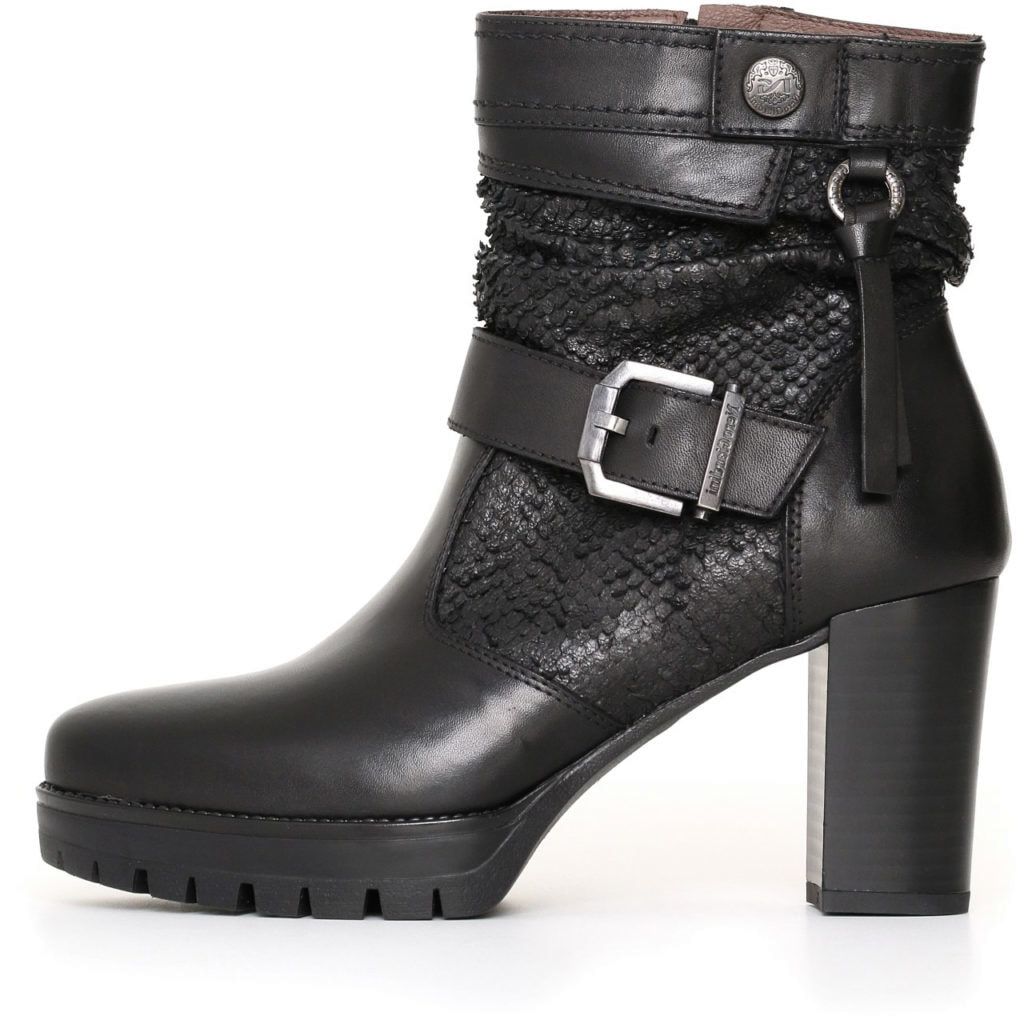
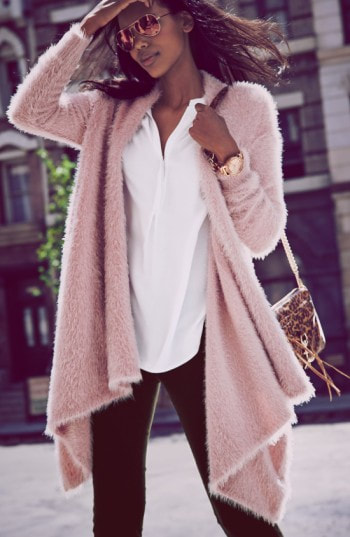
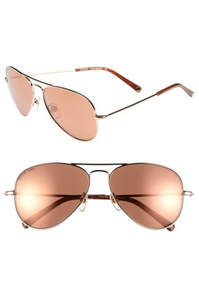
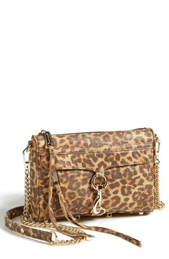
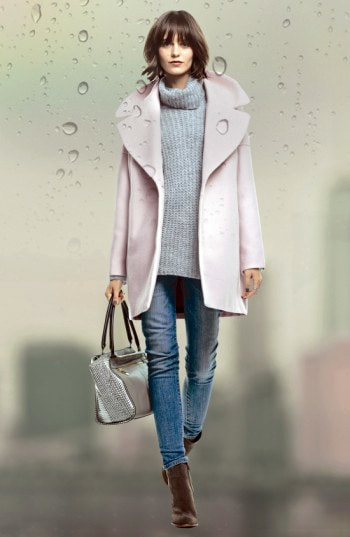
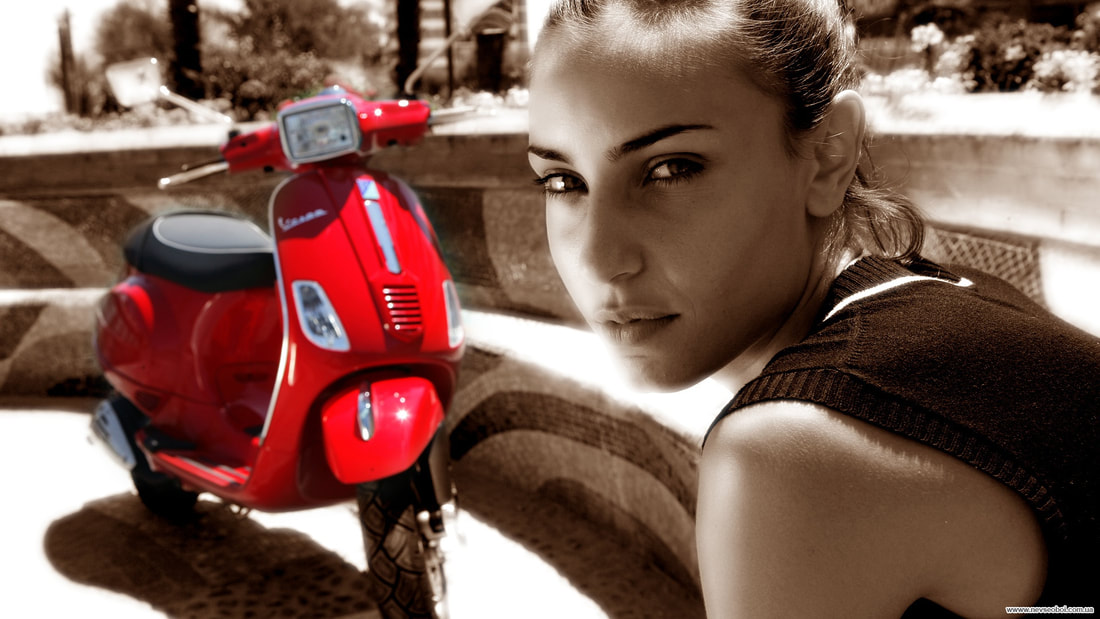
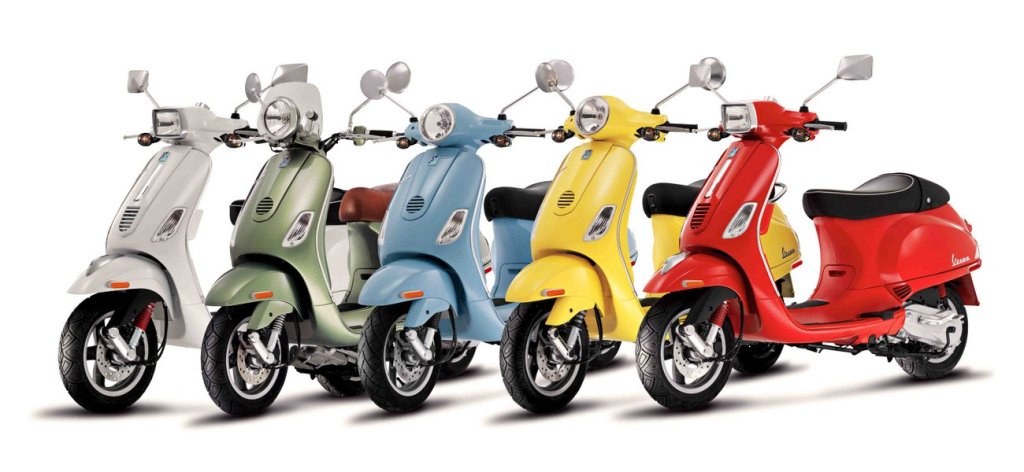
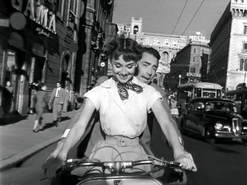
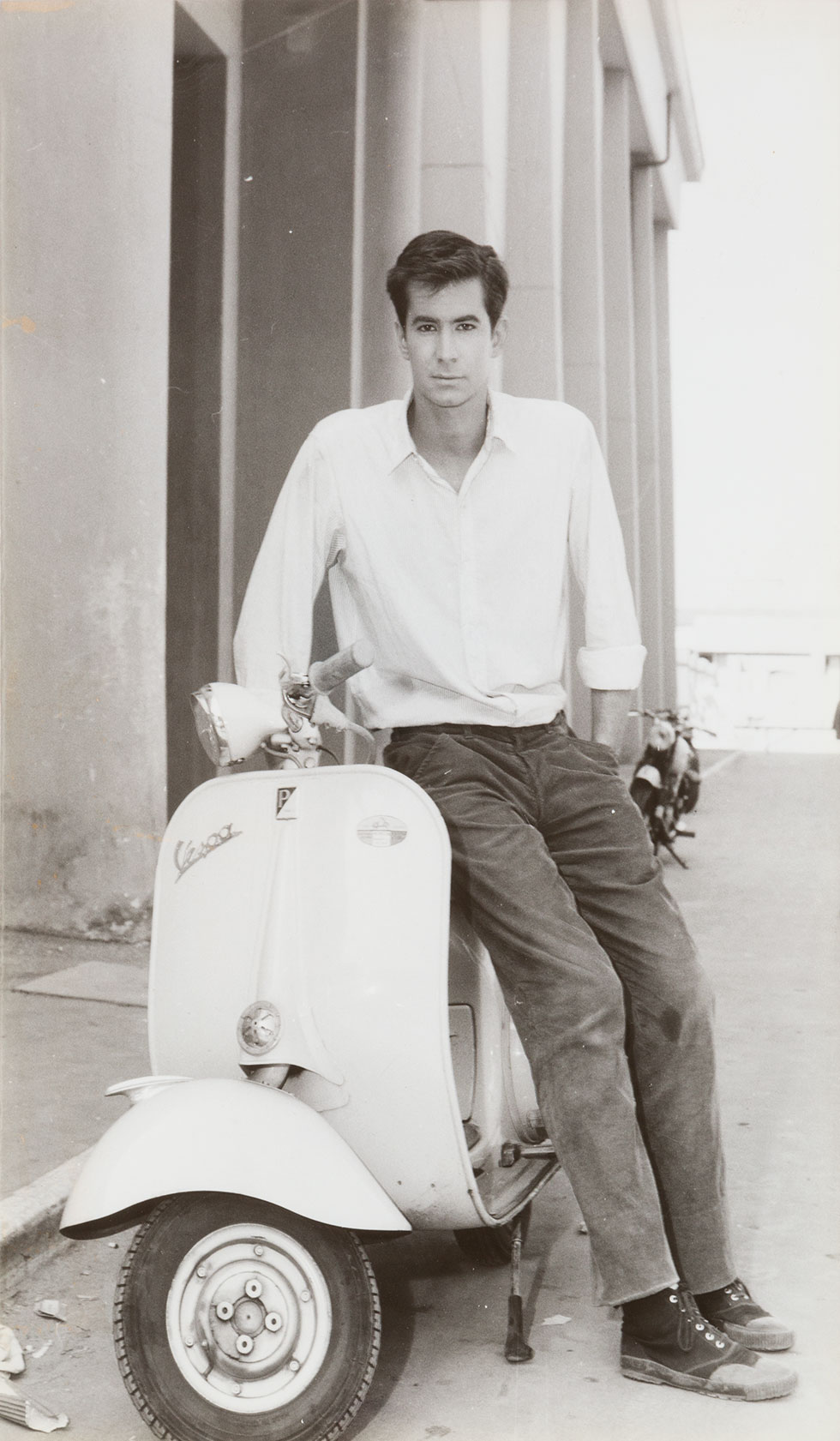
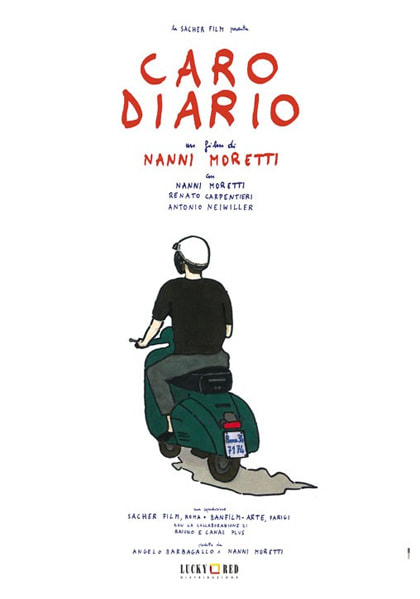
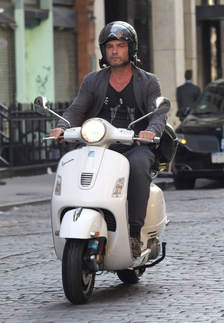
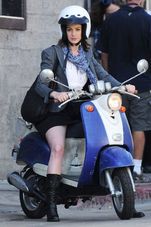
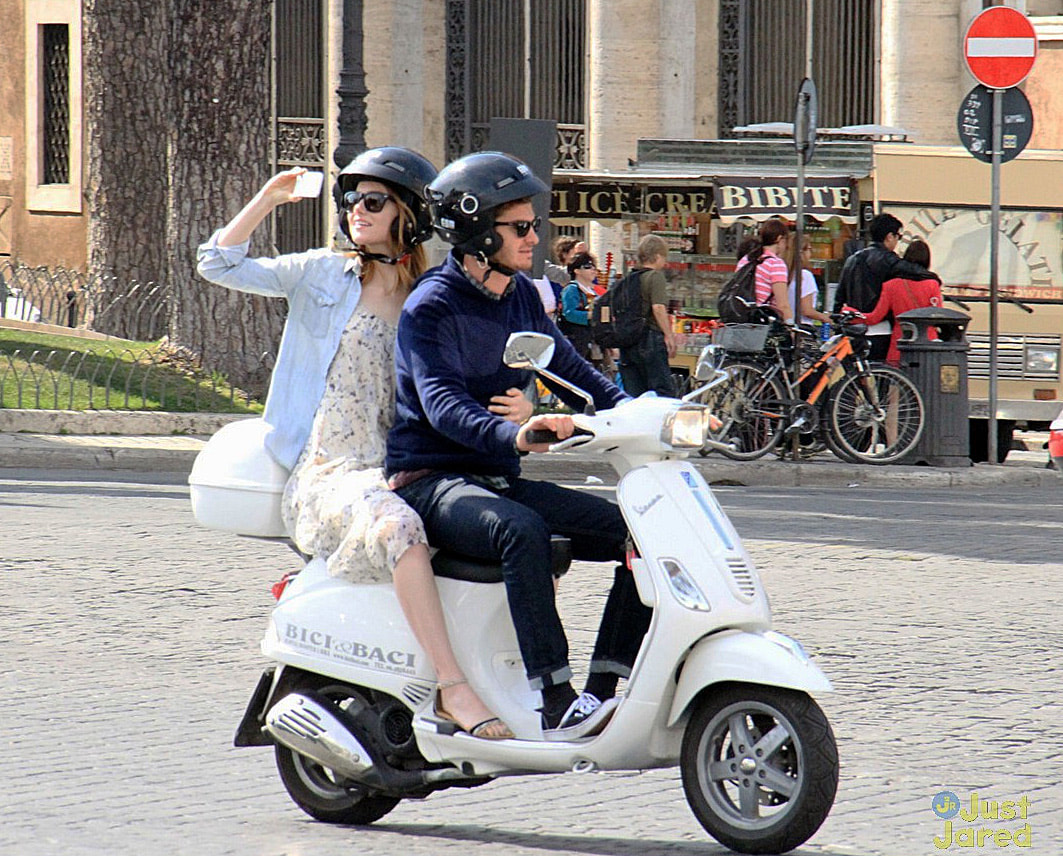
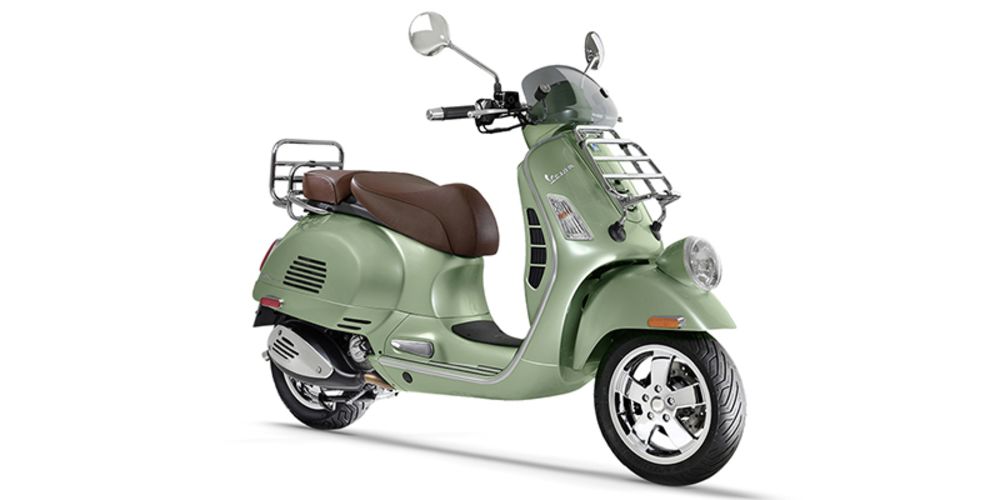
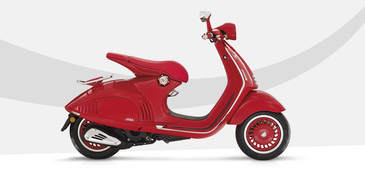
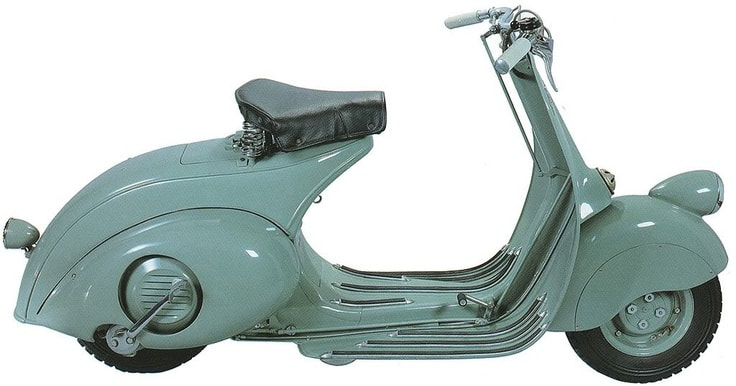
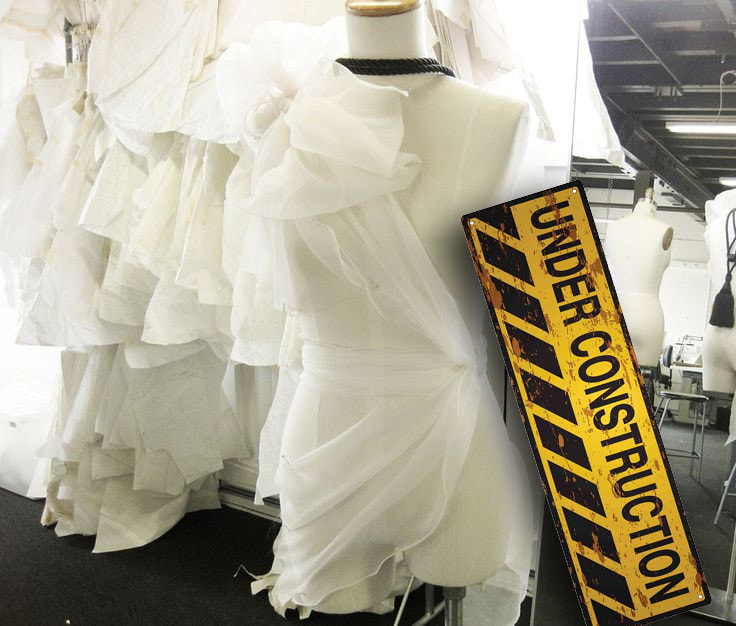



 RSS Feed
RSS Feed
